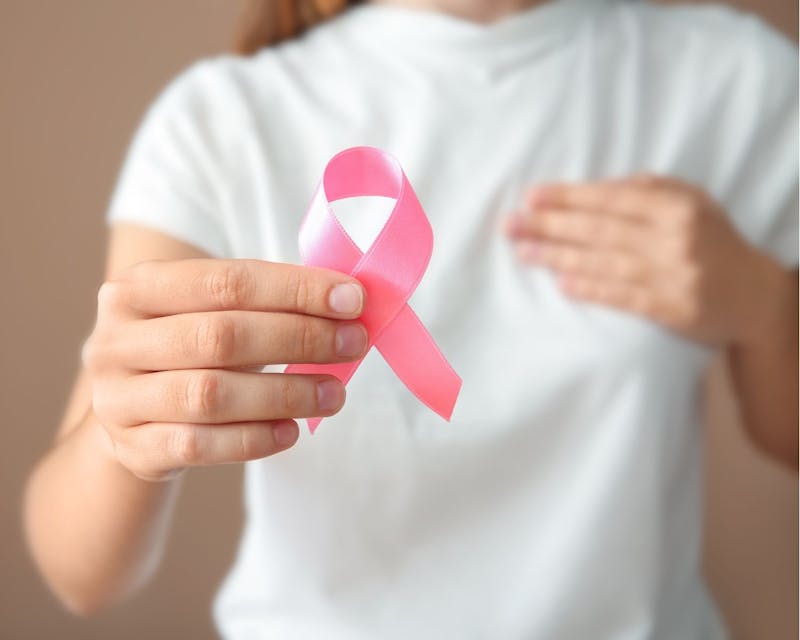What is Fat Transfer for Breast Reconstruction?
Fat transfer involves liposuction to remove fat cells from another area of your body, typically the abdomen, thighs, or buttocks. These cells are then processed and carefully injected into the reconstructed breast. This can add volume, improve symmetry, and create a smoother contour. Fat transfer can also be used in conjunction with breast implant surgery to achieve a more natural look and feel.
Benefits of Fat Transfer for Breast Reconstruction
- Natural Results: Since the fat is your own tissue, it provides a softer, more natural feeling breast compared to implants.
- Reduced Risk of Rejection: There's no chance your body will reject the transferred fat, as it's your own tissue.
- Improved Appearance: Fat transfer can help correct asymmetry, create cleavage, and soften scars.
- Potentially Reduced Need for Implants: In some cases, fat transfer can eliminate the need for implants altogether.
Safety of Fat Transfer for Breast Cancer Patients
One concern some patients have is whether fat transfer can stimulate cancer cell growth. A recent study published in Plastic and Reconstructive Surgery by the European Institute of Oncology suggests that lipofilling appears to be safe for breast cancer patients after their initial treatment. However, more research is ongoing.
Fat Transfer vs. Implants for Breast Reconstruction
If you're unsure about which procedure is best for your desired outcome, check out this post.
Considering Fat Transfer for Breast Reconstruction?
If you're interested in learning more about fat transfer for breast reconstruction and whether it's right for you, contact The Piazza Center at (737) 787-7338 to schedule a consultation with Dr. Piazza. We can discuss your options and help you achieve the best possible outcome for your breast reconstruction.




